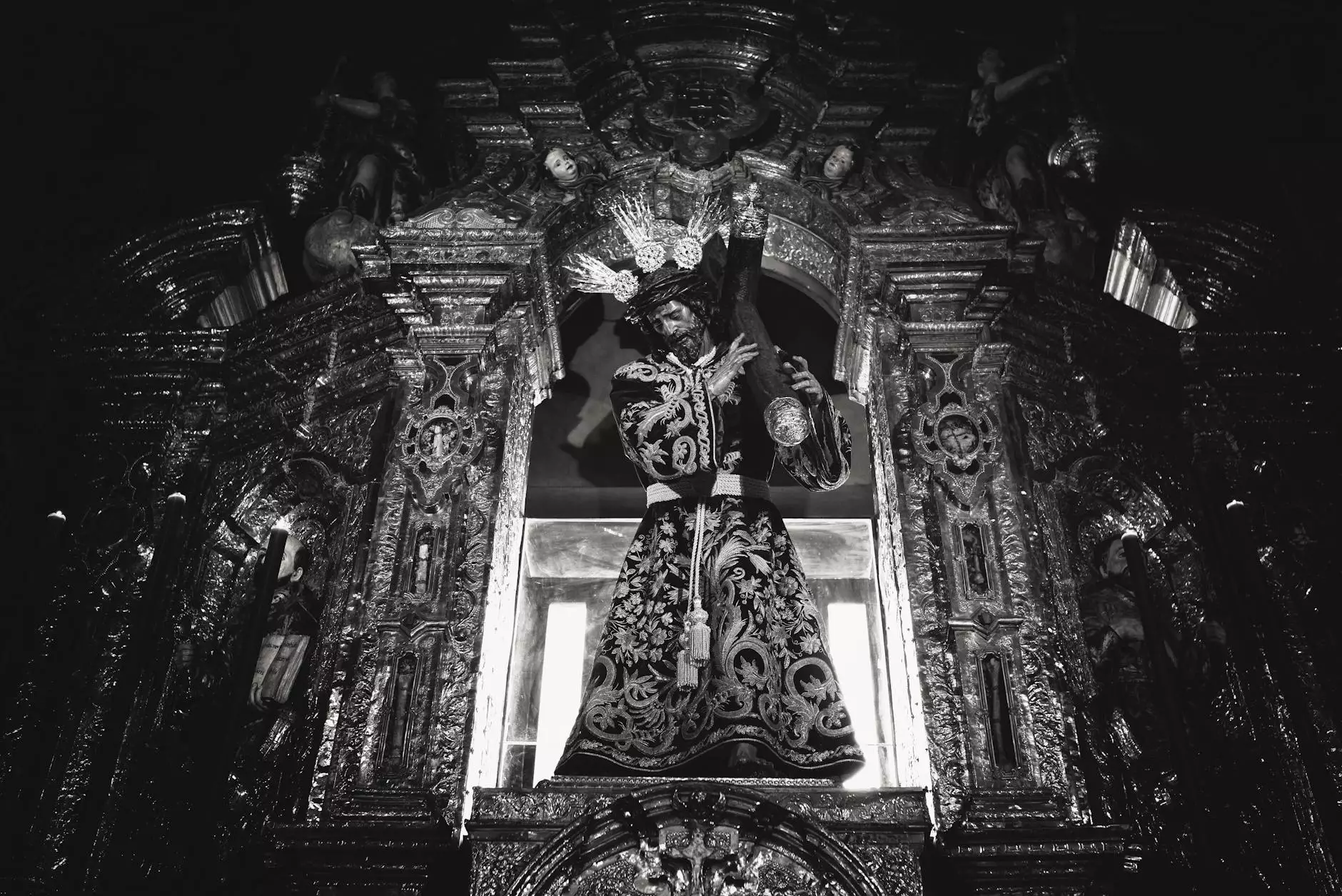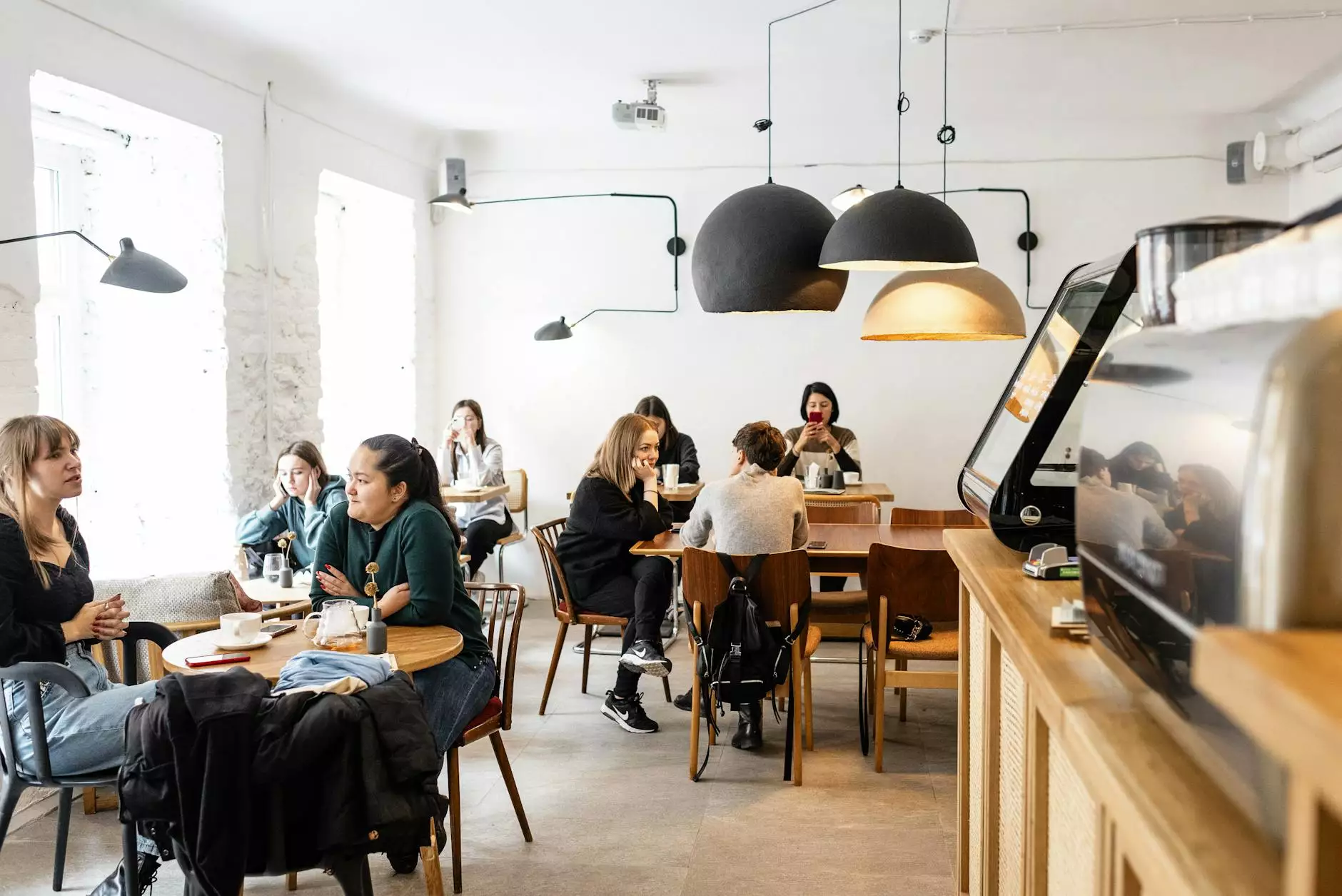Television Takes on the Beat Generation - Route 66

Introduction
Welcome to La Historia Society's page dedicated to the connection between the Beat Generation and the iconic television series Route 66. In this article, we will delve into the rich history and cultural significance of the Beat Generation, as well as explore how Route 66 portrayed and captured the essence of this literary movement in the context of community and society.
The Beat Generation and Its Impact
The Beat Generation represents a literary and cultural movement that emerged in the mid-20th century, primarily in New York City's bohemian Greenwich Village, but also spread across the United States and beyond. Led by influential figures such as Jack Kerouac, Allen Ginsberg, and William S. Burroughs, the Beat Generation challenged societal norms, advocated for personal freedom, and embraced a bohemian lifestyle.
Route 66: A Television Series Reflecting the Times
Spanning from 1960 to 1964, Route 66 was a popular American television series that followed the journey of two young men, Tod Stiles and Buz Murdock, as they traveled along the iconic Route 66 in their Chevrolet Corvette. As they embarked on their adventures, the series skillfully incorporated themes and elements inspired by the Beat Generation, capturing the spirit of rebellion and non-conformity that defined the movement.
Exploring the Beat Generation Connections in Route 66
Route 66 showcased various aspects of the Beat Generation throughout its episodes, often incorporating characters and storylines that reflected the movement's ideals. One notable episode titled "First Class Mouliak" depicted a character based on Jack Kerouac, highlighting the influence and impact of his renowned novel "On the Road" on the Beat Generation.
The Road as a Symbol
Central to both the Beat Generation and Route 66 is the symbolic use of the road. For the Beats, the road represented a path to self-discovery, freedom, and exploration, while for Route 66, it was the physical embodiment of the American dream and the pursuit of adventure. This shared symbolism further strengthened the connection between the television series and the Beat Generation, as it resonated with audiences who sought a similar sense of individuality and escape from societal constraints.
Beatnik Characters and Storylines
Route 66 regularly featured beatnik characters and explored storylines surrounding their experiences and struggles. These characters often embodied the rebellious nature and unconventional lifestyles of the Beat Generation, showcasing a vibrant and diverse community of artists, poets, and musicians who deviated from mainstream societal expectations.
Influence Beyond the Television Screen
The impact of Route 66 extended beyond its television viewership. The series acted as a cultural touchstone, popularizing the concept of road trips and inspiring a generation to hit the open road in pursuit of self-discovery. Route 66 became a metaphor for questing, not only for the characters within the show but for real-life individuals seeking their own personal journeys of exploration and enlightenment, influenced by the Beat Generation's ideals.
Conclusion
The television series Route 66 played a significant role in bringing the spirit of the Beat Generation to a mainstream audience. By incorporating beatnik characters and exploring the themes of personal freedom and rebellion, Route 66 captured the essence of this literary movement within the context of community and society. Whether it's the symbolic use of the road or the influence that extended beyond the screen, the connection between the Beat Generation and Route 66 remains an intriguing aspect of cultural history, highlighting the lasting impact both have had on American society.









